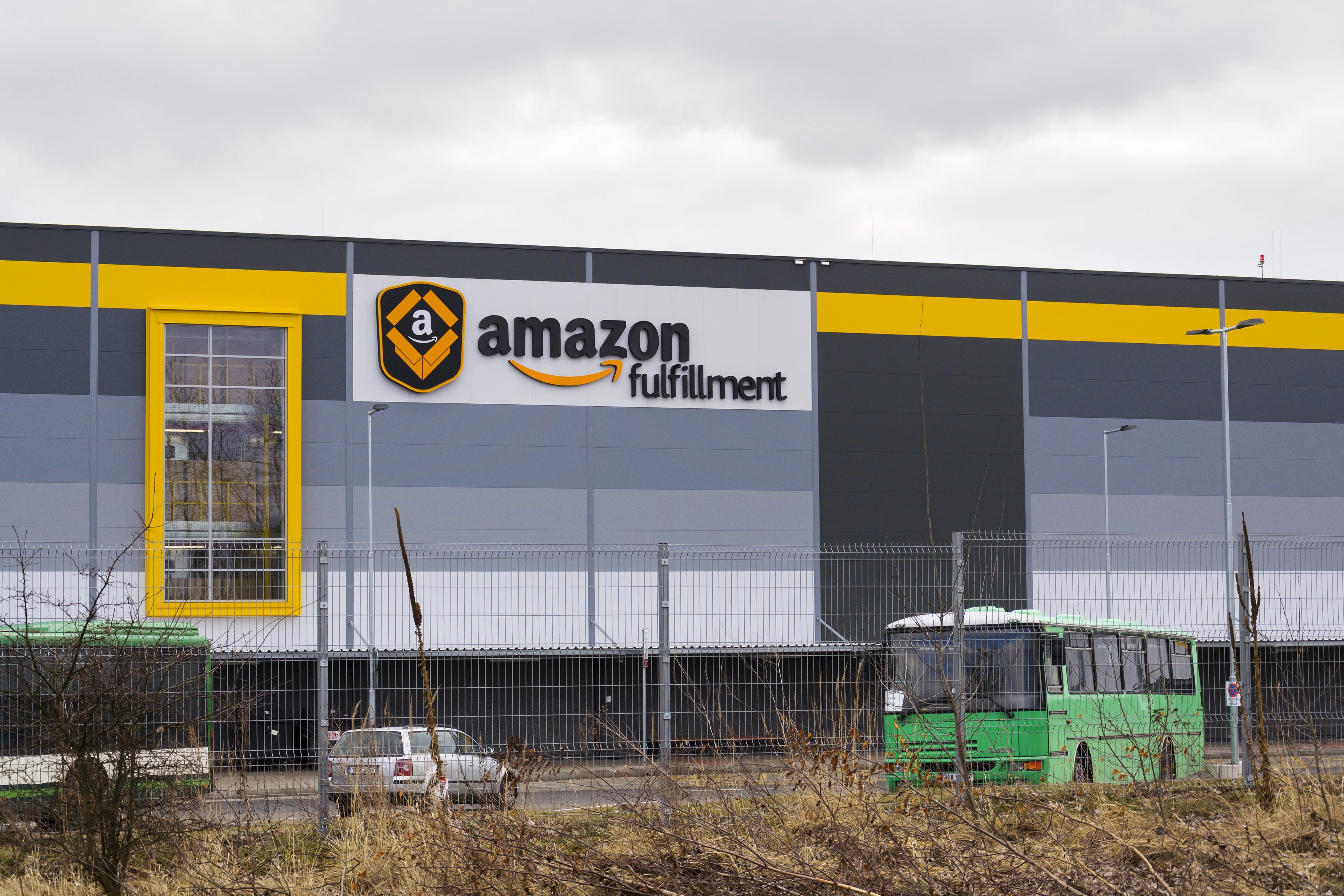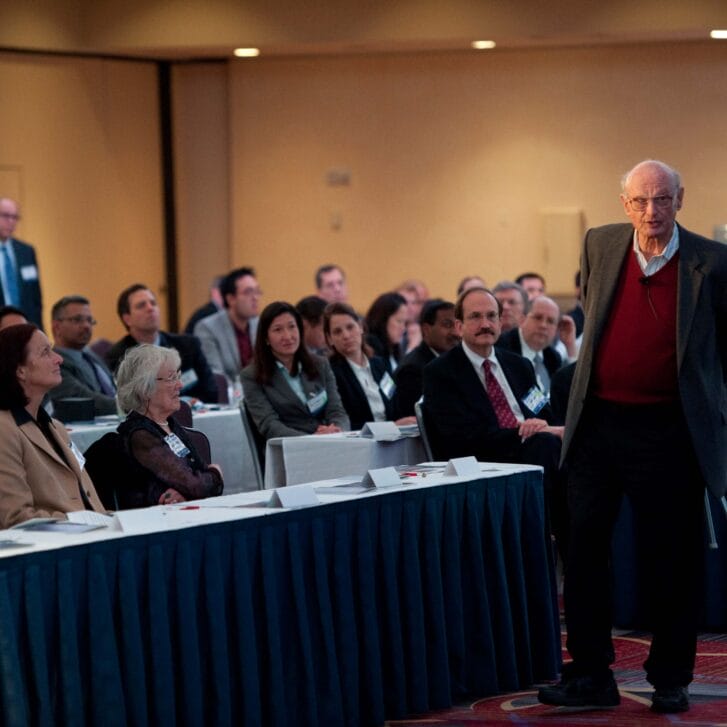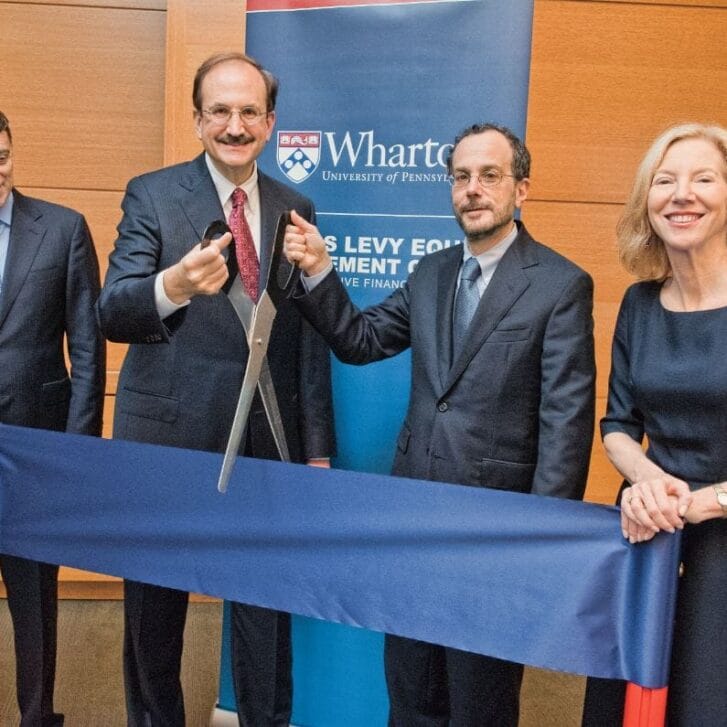No matter how many Instant Pots or Roombas we buy, it’s not the products that set Amazon apart; it’s the convenience. In order to offer its two-day (sometimes same-day) shipping, notes Wharton business economics and public policy professor Katja Seim, the retail giant has majorly expanded its portfolio of fulfillment centers for storing and shipping goods—a growth strategy that brought with it some pretty sizeable costs. In a paper titled “Economies of Density in E-Commerce: A Study of Amazon’s Fulfillment Center Network,” Seim and co-authors Jean-François Houde of Cornell and Penn State’s Peter Newberry examined whether the strategy has paid off.
GROWTH AT A GLANCE


FACT
It costs Amazon between 17 and 47 cents to ship $30 worth of goods 100 miles.
THE TRADE-OFFS OF ADDING FULFILLMENT CENTERS
Between 2006 and 2016
 Costs
Costs
$3.3 billion in overhead. At the time of the study, Amazon had to charge sales tax to customers who had a center in their state—translating to $9.6 billion in lost revenue.
 Benefits
Benefits
Faster delivery. Average net shipping costs per order fell from between $2.69 and $4.67 to between $0.82 and $1.38—saving somewhere between $5 billion and $13 billion in total.
KEY FINDINGS
The new centers increased profit by between $500 million and $8 billion … and this year, the margin will be 5 to 14 percent higher than it would have been without them.
UP NEXT …
The labor market implications of new fulfillment centers. For instance, Seim asks, are there “positive effects of online markets increasing so quickly?” Are those offset by the demise of brick-and-mortar retail?
Published as “How Amazon Delivers on Convenience” in the Fall/Winter 2018 issue of Wharton Magazine.

























